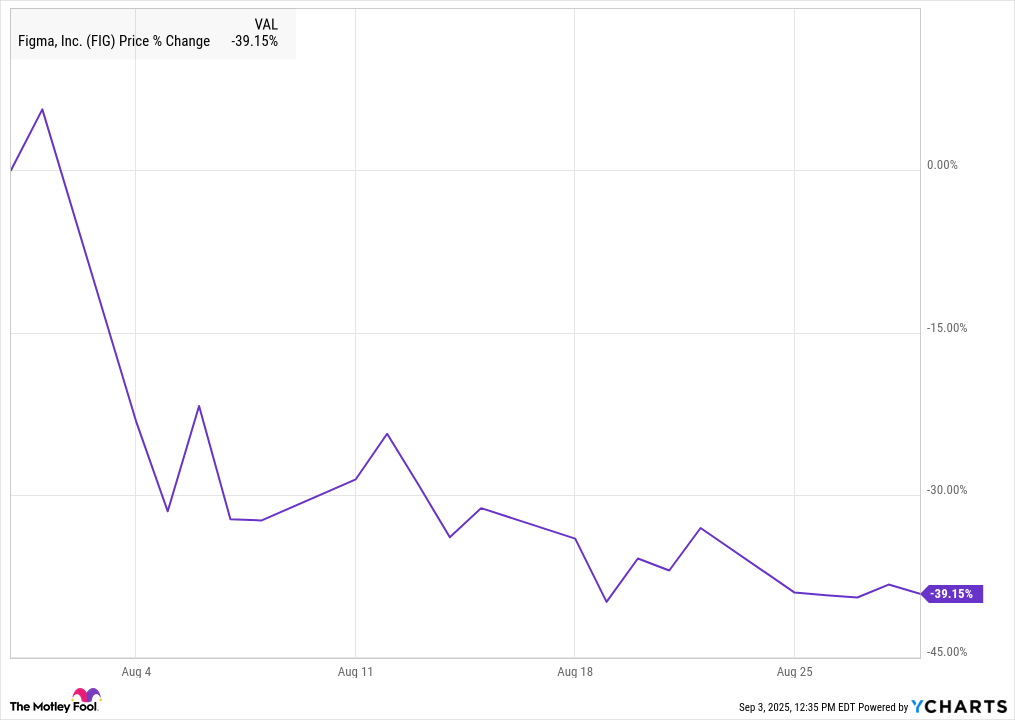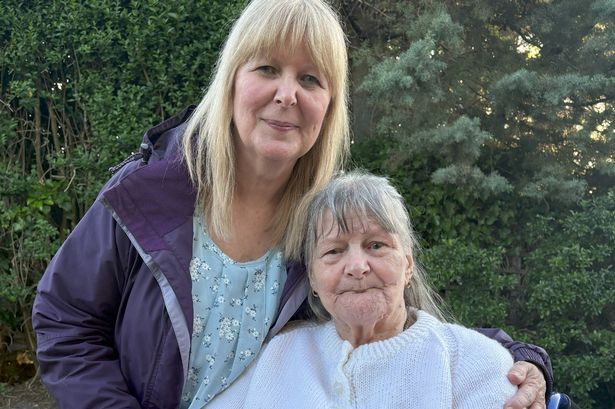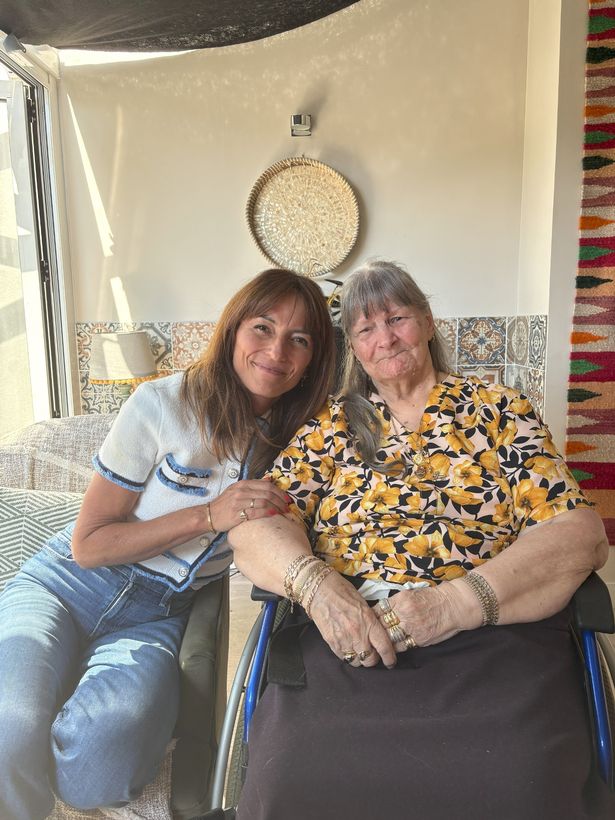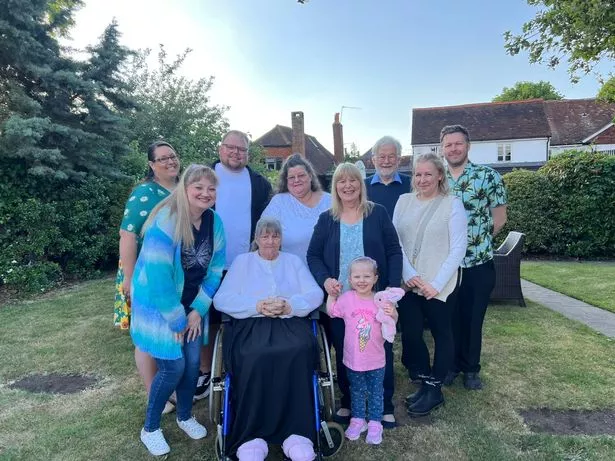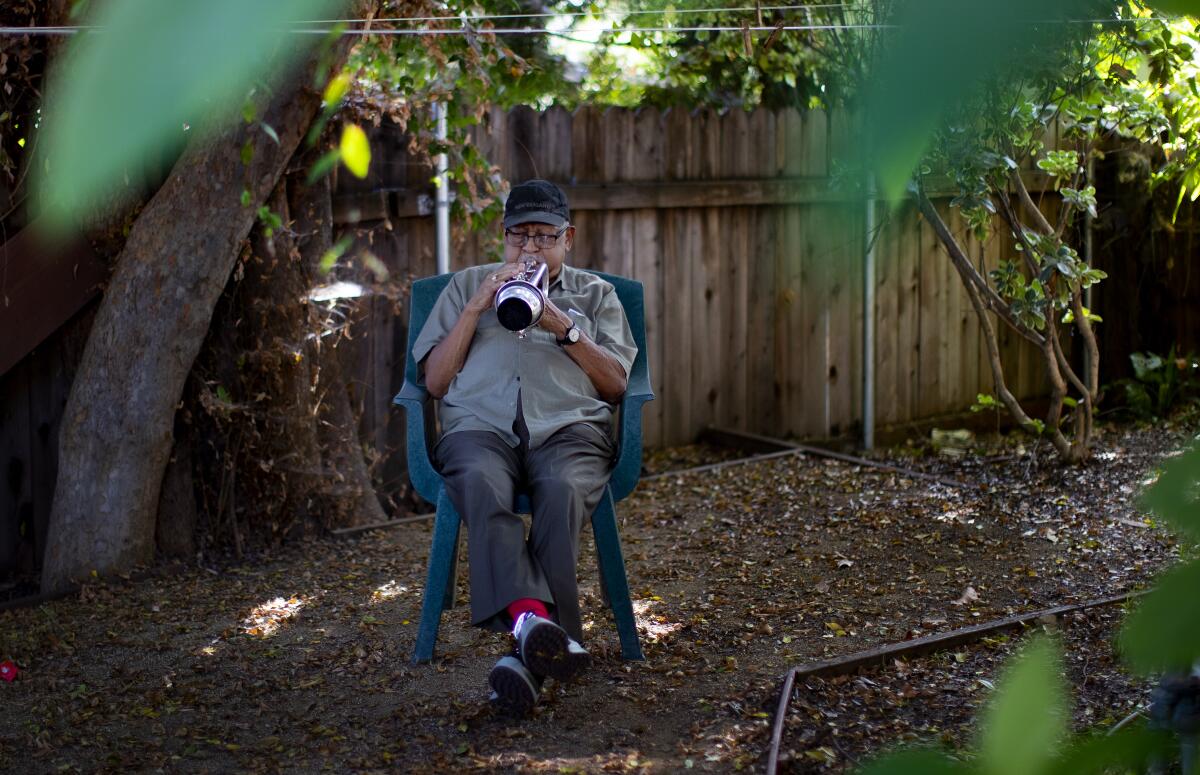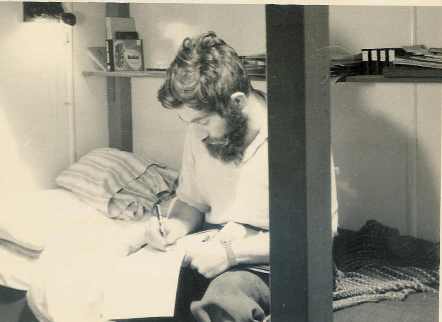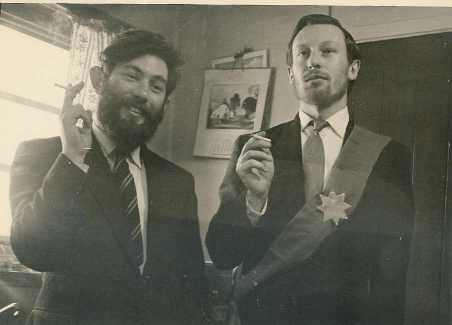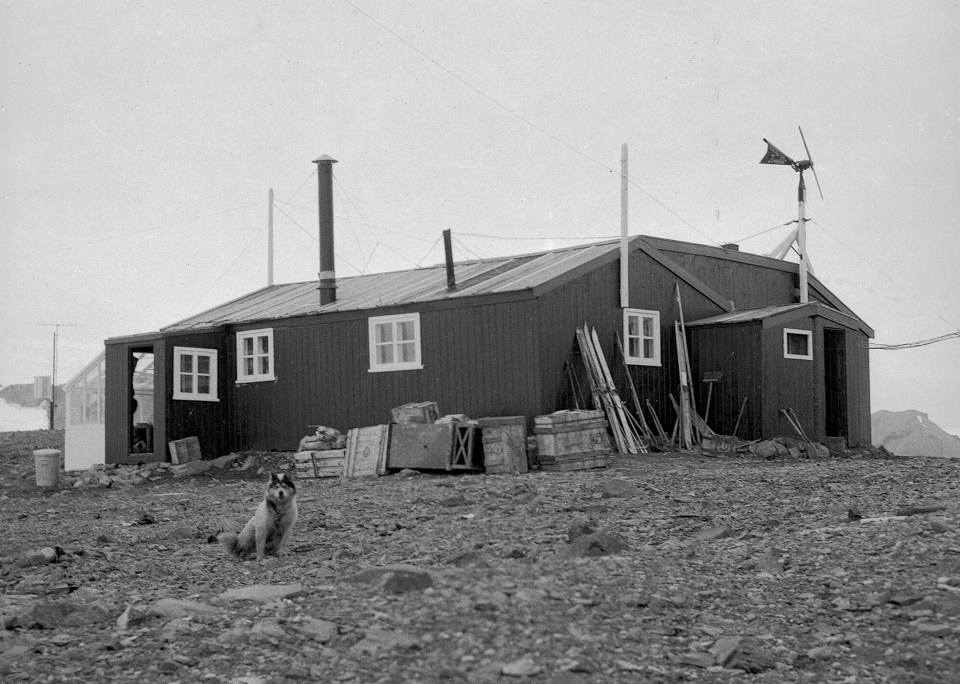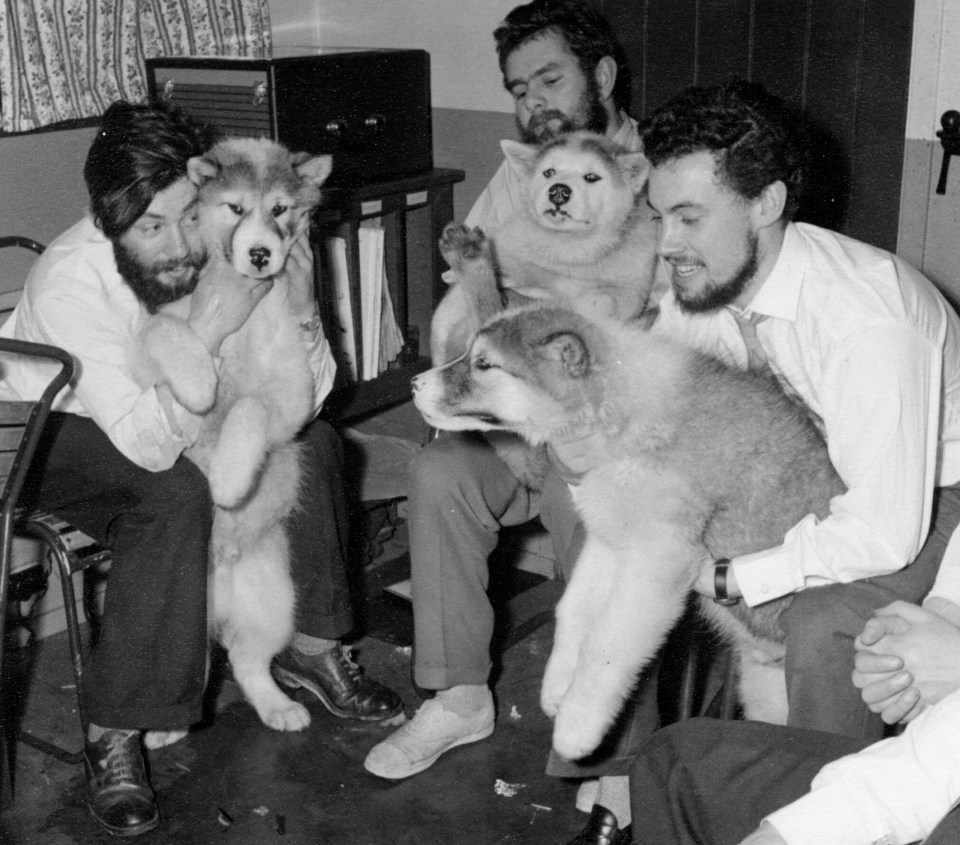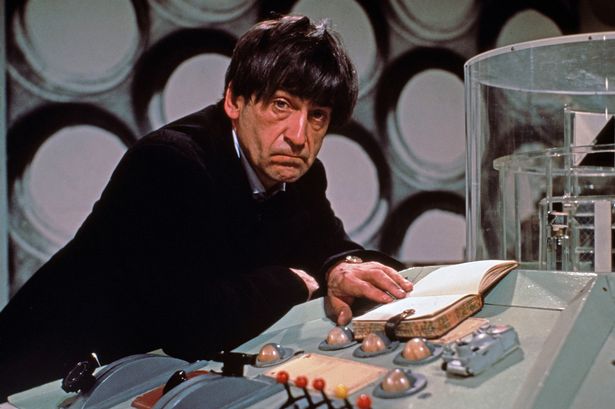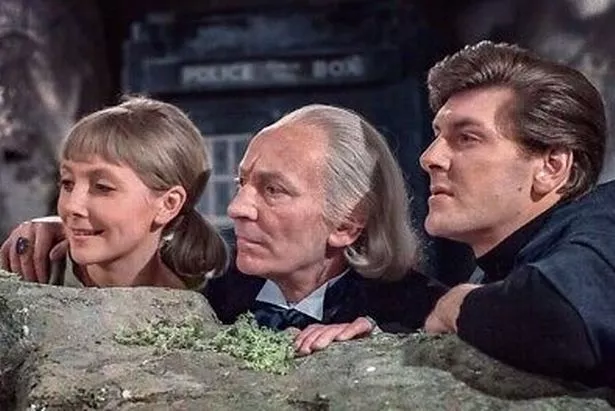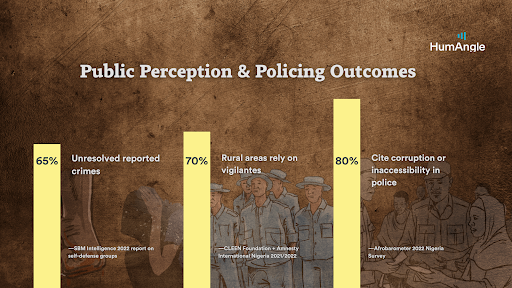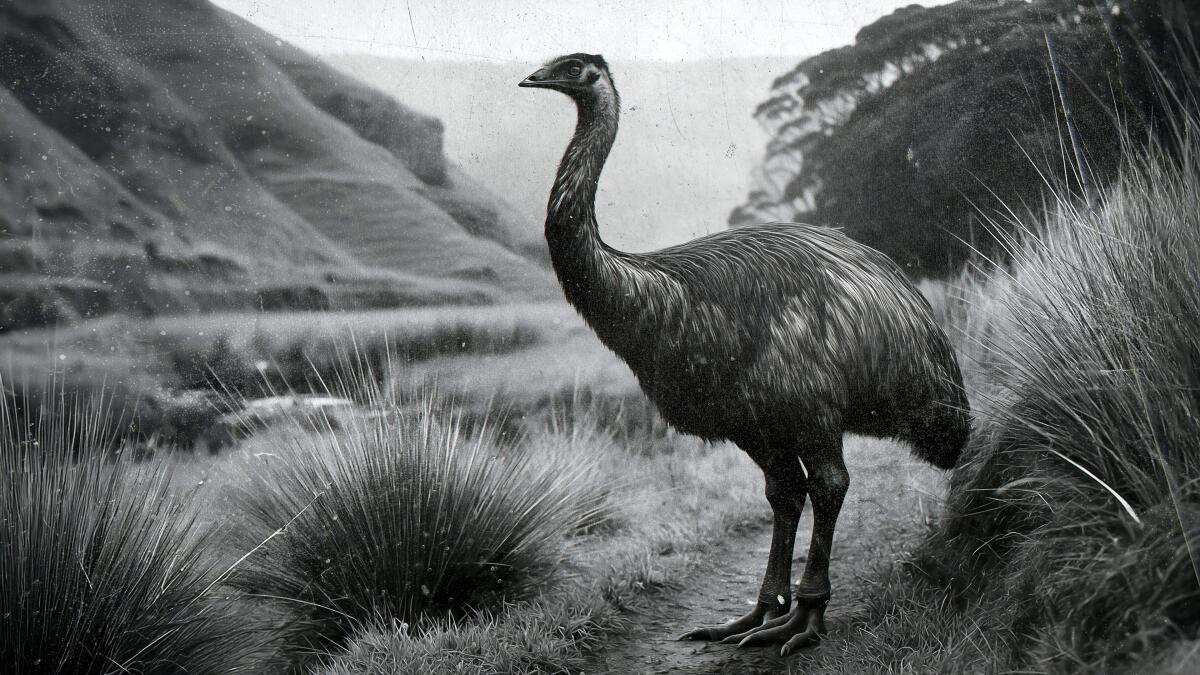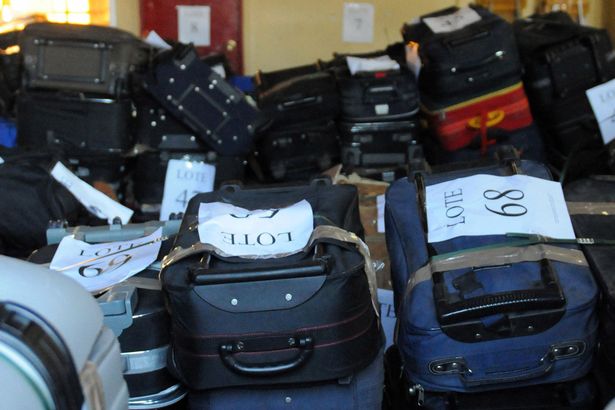EXCLUSIVE: Jean, 85, can still vividly remember the moment her newborn baby girl was taken from her when she was 16. A Long Lost Family special tracks down Jean’s daughter and highlights a UK-wide scandal
Nearly 70 years after she held her baby in her arms for the last time, elderly Jean’s eyes fill with tears as she remembers her newborn’s blue eyes and blonde hair. Her baby girl, who she named Maria, was snatched away for adoption without even time for a kiss goodbye – and Jean never saw her again, until now.
In heartbreaking scenes to be screened in a Long Lost Family: Mother and Baby Home Scandal special on ITV, the 85-year-old finally gets to meet the child who was taken away from her so brutally, leaving her traumatised for decades. Jean was just 16 in the summer of 1956 when she discovered she was pregnant by Tony, her first ever boyfriend. They wanted to marry, but having brought shame to her family, Jean was sent to the Home of the Good Shepherd Mother and Baby Home in Haslemere, Surrey, a home established by a moral welfare association connected to the Church of England, and a baptism and adoption were arranged.
Jean, from Chertsey, Surrey, recalls: “It was a big house and we had to scrub all that clean. We had to go to chapel every morning and evening to ask forgiveness for what we’d done. I didn’t know I was pregnant at first because I wasn’t sure how you had a baby. I was terrified, I didn’t know what to do. My dad was a bully. I remember him saying to my mother, ‘I told you she’d be no good didn’t I?’ He called me the biggest whore under the sun when he found out I was pregnant. I couldn’t stay there because ‘What about my father’s job?’. You’d think he was the Prime Minister, instead of the caretaker of a school.” Jean adds: “I’ve always felt inferior, I’m not good enough for people.”
With no option, Jean and Tony reluctantly took their 10-week-old baby to the London offices of the Southwark Catholic Rescue society. Jean says: “I gave her to this woman who’d said we’d go and show her off, so I thought she was bringing her back to let us kiss her goodbye, but she didn’t. When she was 18, I wrote to the society to ask if they had any news of her. He wrote back and said ‘No’ and maybe we’ll be reunited in heaven one day. I thought that was a horrible thing to say to me.”
Jean’s story is just one of many distressing accounts from a period between the 1940s and the 1970s, when an estimated 200,000 unmarried women, many just teenagers, were placed in homes, run often by religious organisations – and thousands of their babies were taken for adoption. Lyn, who was in a Cornish mother and baby home, says: “No matter how far pregnant you were, you had to wait on the staff and scrub the floors. It was all draconian and very cruel. You’d walk down the middle of the church, and you’d hear, ‘Sl*g, prostitute, whore, slapper. ’ I mean what had we done wrong? Nothing. It was hell.”
The two-part ITV special, hosted by Davina McCall and Nicky Campbell, delves into this scandal, following three emotive searches. Davina says: “You’ve probably walked past a mother and baby home on a quiet suburban street and have no idea of its secret history or what happened to young unmarried mothers.”
Fortunately for Jean, there is a huge breakthrough as the Long Lost Family team tracks down her daughter, now named Cathy, with the middle name Maria. Mother-of-two Cathy, 68, who lives with Gary, her husband of 51 years, in Ilford, London, had a wonderful adoption and is thrilled to hear from her birth mother. She says: “I feel very sorry for what she had to go through – I wouldn’t wish that on my worst enemy. My own daughter is unmarried and has a daughter who lives with us and she’s a delight. I think it was an absolute disgrace the way women were treated in those days.”
Tearful as she reads a letter from Jean asking for her forgiveness, she adds: “I never ever blamed her. I’m sad that she’s been looking for so long.” When Jean hears the news that Cathy has been found and wants to meet her, she is completely overwhelmed. Jean, who went on to have four other children and split from her husband, says: “I just hope she likes me and I don’t let her down.” There is a clear narrative that many of the women affected blamed themselves, with adoptions often forced on vulnerable young women.
Campaigners are now lobbying the UK government to join the Welsh, Scottish and Irish governments in apologising to those affected. But time is running out for these women to find any adopted children. Jean and Cathy are among the luckier ones. Both are nervous and emotional as they prepare to reunite, but immediately they hug and are clutching each other’s hands. “I didn’t think this day would ever come,” says Cathy. “We’ve been waiting nearly 69 years since she was last able to hug me.” Jean tells her: “We had nobody to help us and I had no choice. I had nowhere to go. I knew I couldn’t keep you so I tried not to love you too much.” Cathy replies: “I had a hole in my life, you had a hole in your life. We’ve now managed to fill the hole.”
Jean says afterwards: “I kept looking at my arms because last time she was in my arms. It will probably sink in a lot more as time goes by. But I’ve also got to try to forgive myself.” As the mother and daughter introduce each other to their extended families, Jean says: “Now I know why I’ve lived so long. This is the reason.” She adds: “I’m feeling quite happy inside. I still can’t believe it. I won’t need to worry about her anymore because she’s got a family and they seem very kind.” Cathy says: “This is going to change my life. That void has been filled.”
Also in the show, sisters Viv and Julie are looking for their lost older sibling on behalf of their mum Margaret, who gave birth in a Baptist Union-run mother and baby home called The Haven, in Yateley, Hampshire, in the late 1950s. Margaret was in the Royal Navy in Cornwall when she fell pregnant aged 20. The father hadn’t revealed he was married with a family and abandoned her. In a poignant moment, Margaret, now 89 and suffering from moderate dementia, recalls singing ‘You Are My Sunshine’ to her baby Helen, and sings the chorus, which ends ‘Please don’t take my sunshine away’.
Margaret adds: “I’d love to see her and know she’s had a good life. I want her to know I loved her and haven’t forgotten her.” Julie says: “I don’t think mum was given any choice. We had an older brother who died in a motorbike accident just before he was 30. So mum feels that she’s lost two children.”
Ann also wants to solve the mystery of what happened to her brother Martin, after their mother Cora gave birth in the Catholic mother and baby home, St Pelagia’s in Highgate, North London in 1962. Ann, from London, says: “I had no idea that there was an elder brother. And then one day, one of my younger sisters came across a death certificate which said, ‘Martin, son of Cora’. My mum promptly whipped it from her hands, tore it up, and said, ‘Give me that. Don’t worry about that. Just forget you ever saw it’.”
After her mother Cora’s death in 2008, Ann discovered that Martin’s father was a Sri Lankan man who Cora had fallen in love with at work. Ann says: “My mum had not only had a child out of wedlock, but to have had a mixed-race child then, she would have been doubly frowned upon.” Ann has since discovered racist descriptions of her brother in his file and proof he was rejected for adoption and taken in at a children’s home run by nuns. After handing Martin over fit and well at eight-weeks-old, Cora was told within 48 hours that he had died – but Ann wants to know the truth.
For Ann, closure appears to be hard reach, as the team investigates an alleged scandal in Ireland of babies being illegally adopted, with parents told the babies had died. Could this have happened in England too? With varying testimony, it’s tough to know for sure, but it is believed most likely that Martin would have died.
There is better news for Margaret as her 68-year-old daughter, now called Sian, is finally found after months of scouring the records. Sian has cerebral palsy, which was diagnosed after the adoption, which means she is non-verbal and has been a wheelchair user since childhood. She’s delighted that her birth mum has been looking for. Sian says: “I know that my mother had difficulties while I was being delivered, because the umbilical cord was wrapped around my neck, so oxygen didn’t get to me.”
Davina reveals to Viv and Julie that Sian has been found, and that when her condition was discovered, the adoptive family were asked if they wanted to give Sian back. Davina says: “They were offered the opportunity to swap her for another child without a disability. But they’d completely fallen in love with her.” Having shared the news with their mum, Viv says: “Mum said to us that now we’ve found Sian, she can die happy.”
A government spokesperson says: “This abhorrent practice should never have taken place and our deepest sympathies are with all those affected.” A spokesperson for the Church of England said: “It is horrifying to hear first-hand accounts of pain and distress experienced by women and their children connected to mother and baby homes, including any which were affiliated with the Church of England. There is no doubt that attitudes towards unmarried mothers in society at the time, including by many within the Church, often put immense pressure on young women to give up their babies for adoption. We all now recognise the profound and lasting impact some of these decisions have clearly had on so many lives and we express our heartfelt sorrow and regret for those who have been hurt.”
A spokesperson for the Diocese of Guildford said: “We feel immense sadness and regret for the emotional pain experienced by Jean and other women who were separated from their children. We are grateful to this programme for reuniting Jean with her daughter Cathy, but we are also aware that many like her would have sadly died without being reunited or having a sense of closure. While attitudes within the church and society have significantly changed since that time, it does not erase the lasting damage that these adoptions had on the women.” The Sisters of the Sacred Hearts of Jesus and Mary reflected and declined to comment and said that the allegation related to the “actions and decisions of sisters who are no longer with us”.
*Long Lost Family: The Mother And Baby Home Scandal airs across two nights on ITV1: September 3rd and 4th at 9pm
Join The Mirror’s WhatsApp Community or follow us on Google News , Flipboard , Apple News, TikTok , Snapchat , Instagram , Twitter , Facebook , YouTube and Threads – or visit The Mirror homepage.

